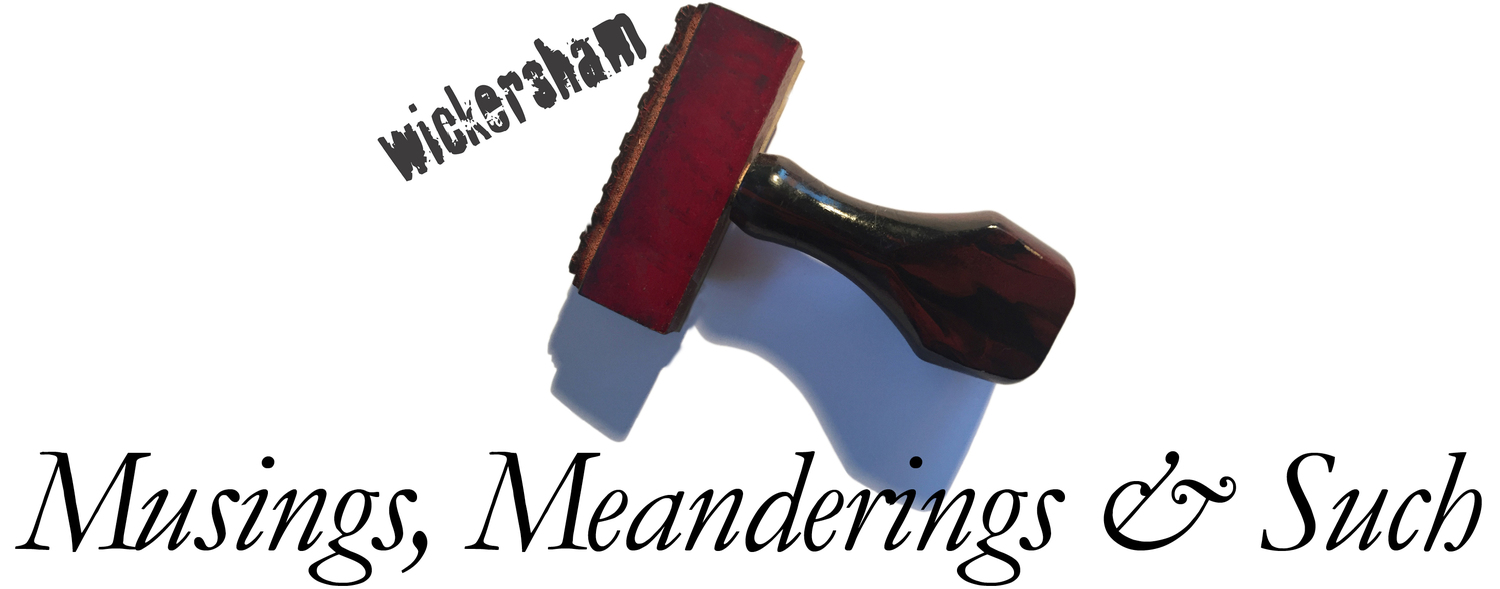She’s only an average gymnast but excels at what the boys want.
And thus, what brands want: eyeballs. And she’s in the money with the NCAA’s new rules on Name, Image, and Likeness (NLI). But there is something that feels fundamentally in conflict, but it’s the way of the world now in amateur college athletics.
Meet Olivia Dunne, who has more followers than Derek Jeter on Instagram and more than Beyonce on TikTok. Dunne has worked with Vuori, American Eagle Outfitters, and a plant-based supplement company called PlantFuel. An autographed trading card with her likeness retails for $89.
Beginning in July 2021, new rules allow college athletes to sign name, image, and likeness deals. This turned on a generation of stars who grew up on social media to cultivate online personas that can be bigger than their profiles as athletes.
Not everyone likes it. “This is a step back,” Tara VanDerveer, the Stanford women’s basketball coach, told the New York Times about some of the sexy social media content being created by female college athletes.
But hey, if brands can exploit it, they will exploit it.
According to data from Opendorse, College athletes earned an estimated $917 million in the first year of Name Image and Likeness (NIL) payments, which began in July 2021.
Three-quarters of NCAA athletes have interacted in some NIL activity since NIL deals began. By May 31, 2022, the average NCAA Division 1 athlete had received $3,711 through NIL, while some big-name players scored high six-figure deals.
Football and men’s basketball account for nearly 67% of NIL compensation (Opendorse), while male athletes lead NIL activities (62.7%) and receive 93% of donor compensation. When eliminating football, the biggest revenue driver in the market, women lead NIL activities by a slim margin.
The whole concept is a polarizing issue. Are the NIL rules for student-athletes right or wrong? Or just a sign of the times?
You tell me.

